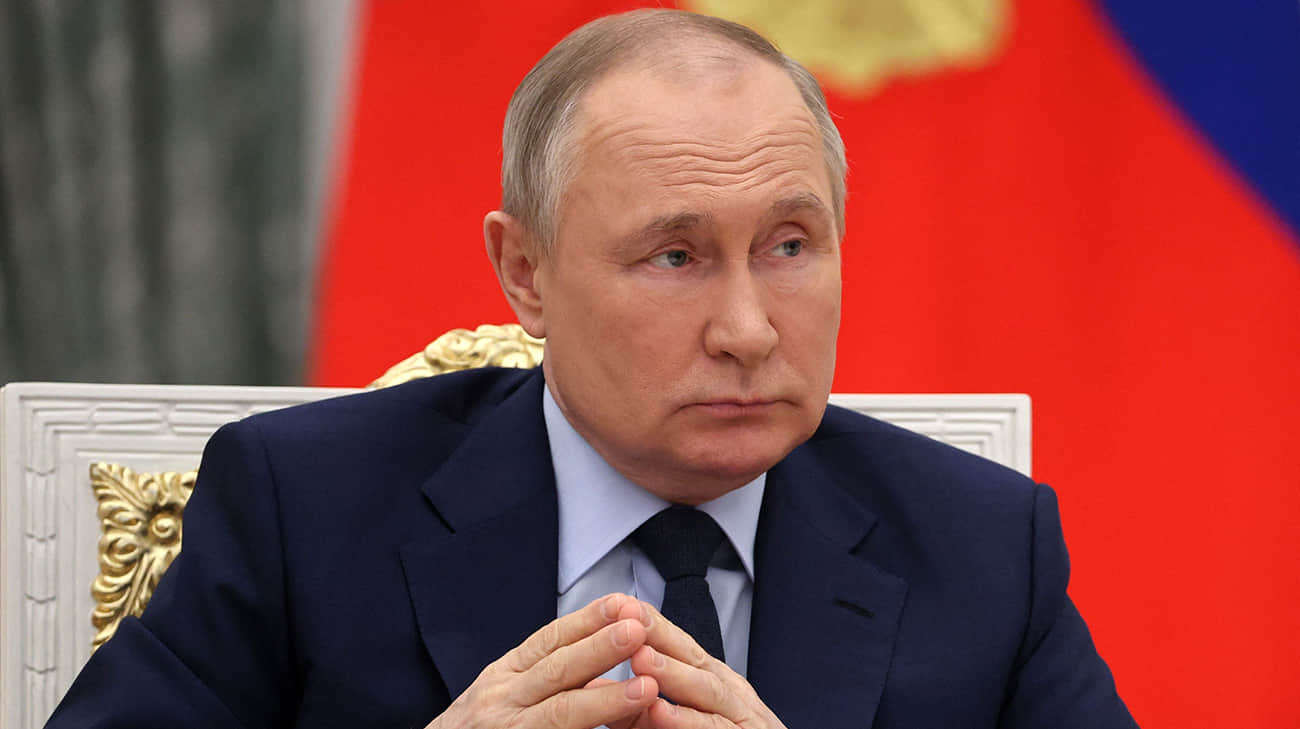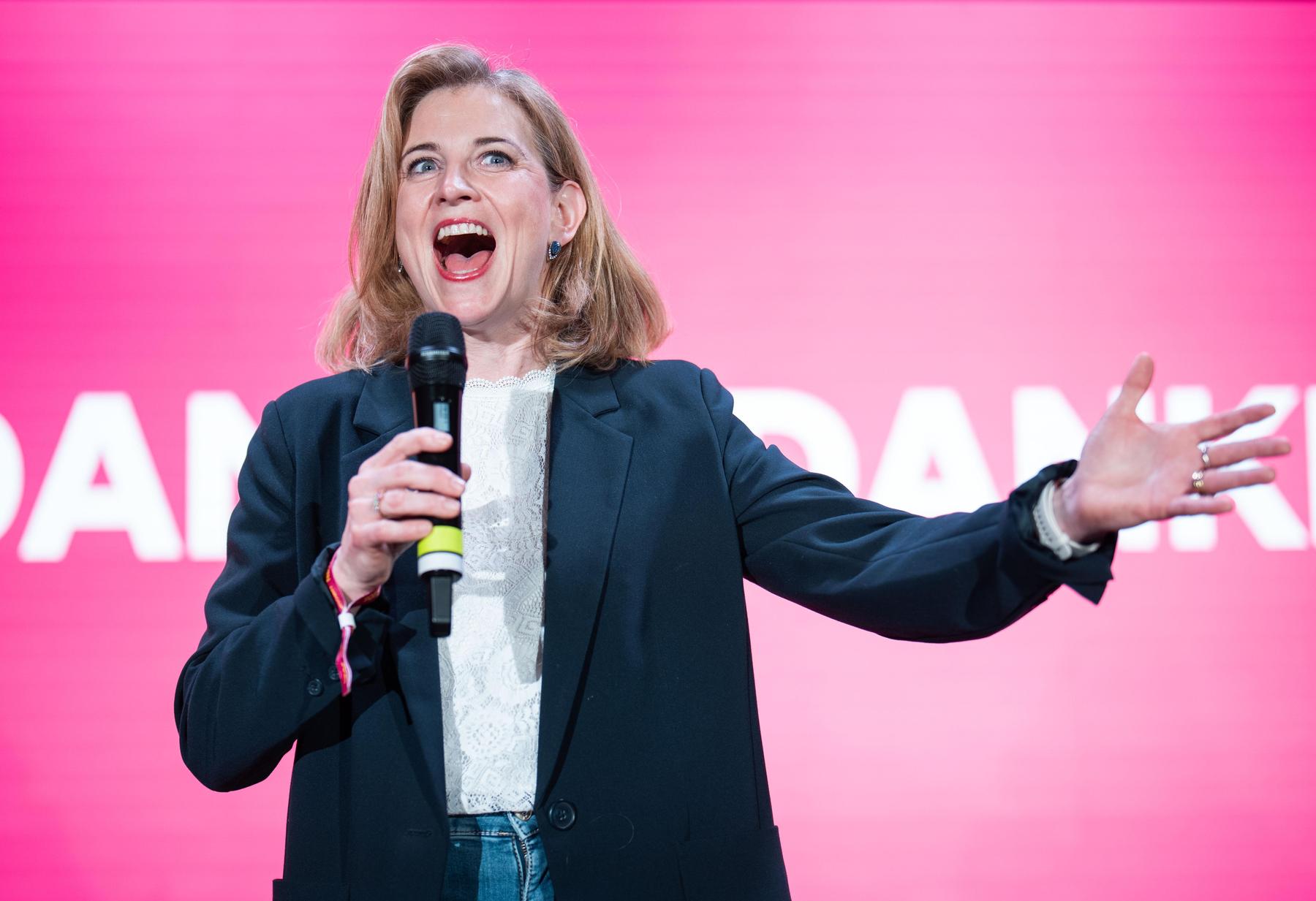The luxury fashion relies on the change of designers, but it hides dangers

|
The decline in luxury fashion prompts the change of designers in the leading houses Gucci, Chanel and Dior in experience ignite the passion around their brands. But while avoiding too radical restarts, which can confuse wealthy buyers.
The bets are high as the global market for luxury goods of 363 billion euros ($ 395 billion) has struggled with its lowest sales levels for years after economic delay in China and growing inflation in other places drive high-end consumers to refrain from purchases.
« We are moving away from the quiet luxury »: what are the leading trends for the fall/winter 2025
« The brands are under pressure than ever to balance the creativity with commercial viability, while maintaining the relevance of a constantly changing market, » said Lydia King of the prestigious British universal Liberty store.
Gucci and Chanel, owned by Kering, rely on rising stars of much smaller labels, with LVMH’s Dior is likely to follow their example soon. But the new designers are facing the difficult task of ensuring the right dose of renovation, leaving their investors for little time to establish themselves.

Last week’s announcement that Gucci has appointed Balenciaga Demna designer as the leader of his designer teams has led to a fall in Kering’s shares by more than 10%, deleting about 3 billion euros from the group’s market valuation.
In the era of creative directors « Superstars », designers shape the identity of the brands, even overshadowing the brand’s heritage, said Jacques Roysen of the consulting company DLG.
- Many analysts lobbied for bolder fashion in Gucci after two-year pressure on the market with a more classic design, but investors worry that the 43-year-old Demonicthat brought the glory of the smaller label of Kering with high-end street styles may not be appropriate.
Creative directors are redefining « not only the aesthetic guidance, but also the positioning and clientele of fashion houses, » Roysen said.
Donatella Versace retires after 28 years at the head of the Italian fashion house
As the market in China remains under pressure, luxury brands assign this year’s hopes to the United States, although signs of economic uncertainty are stolen there.
- Chanel, which is privately owned, attracted the 40-year-old Matthew Blazi After his successful performance at Kering’s Bottega Veneta. He faces the difficult task of introducing a new design approach, observed for decades by Carl Lagerfeld, and then by his longtime collaborator Virgini Viar after the death of Lagerfeld in 2019.
The importance of the creative director can vary according to the brand, said Flavio Seder, who manages the GAM investment strategy for luxury brands.

Following the sudden leaving of Viar last year, Chanel emphasized trademarks, sending along the podium in the preferred location of the Grand Palais in Paris), shaped in the form of the intertwined C, with clothes decorated with characteristic black ribbons.
Change throughout the industry
- LVMH has not yet officially announced a new creative leadership in Dior after men’s designer Kim Jones left in January, but is likely to hire a new designer soon. This is expected to be Jonathan AndersonS His leaving Loewe was announced on Monday, but LVMH declined to comment on Anderson’s future role.
- There are also new faces in a number of smaller brands, including Celine and Givenchy of LVMH, and 69-year-old Donatella Versace leaves Versace after almost three decades replaced by Dario Vitale of Miu Miu.
« Customers no longer know where to go with all these music chairs, » said Janis Uzn, a trade assistant for a major European brand of Avenue Montaigne in Paris, the home of some of the most exclusive fashion houses.
| « I do not remember seeing such a significant change in creative leadership in the luxury industry, » said Ahim Berg, an advisor in the fashion and luxury industry. The change will cover studios, merchandising teams, marketing departments and designer teams – but it takes time, with no apparent impact until next year, he added. |
The brands should be careful not to puzzles their customers with « too drastic changes in the aesthetic language of the brand, » said Federica Levato, a senior partner at the consulting company Bain.
For Chinese buyers « here and now, » the brand design is more important than its historical context, while Western buyers give « a considerable value to the continuity of the brand’s identity, » Rinzen said.

For some, the designer is not the key to the deal. « I don’t care who the designer is, » said Stephanie Gold, an American tourist in Paris, who recently bought a pair of Dior glasses. « I don’t like to buy what everyone has. »
| The luxury sector as a whole – which has an average annual increase of 10% in 2019-2023 – is expected to increase by about 4% in 2025, with sales for Americans over one -third of global growth, up to 7%, compared to 1% decrease in China, based on UBS estimates. |
Olivier Abtan, a consultant at Alix Partners, says brands should be careful not to wait too long before shaking the situation.
As the market expects information about the new Dior and LVMH design boss struggles with the fatigue of buyers who have hit the industry, some wonder if the change in the design of Dior, which is lagging behind the heavyweight group Louis Vuitton, should have come earlier.
The change must be made « as soon as the brand feels that growth is slowing down, » Abtan said.








